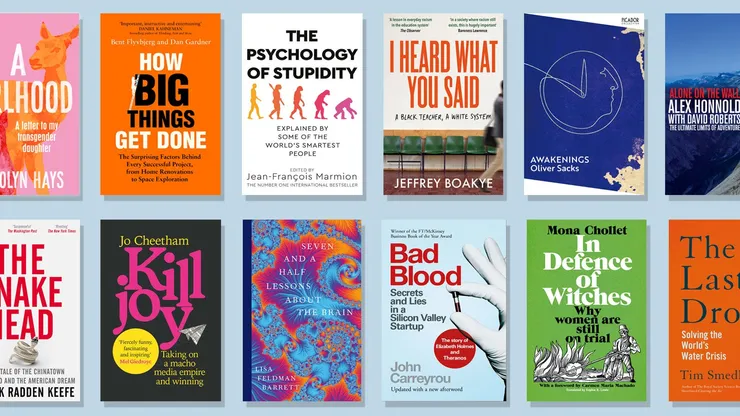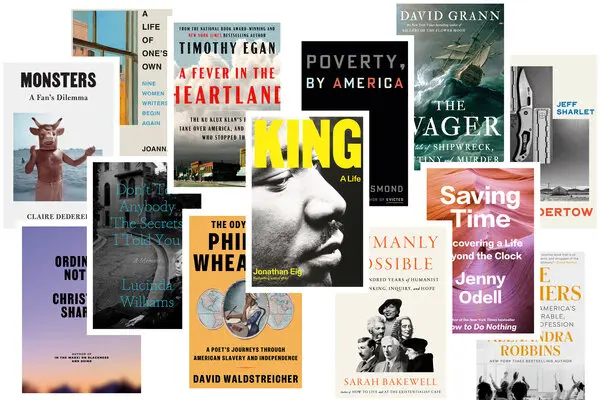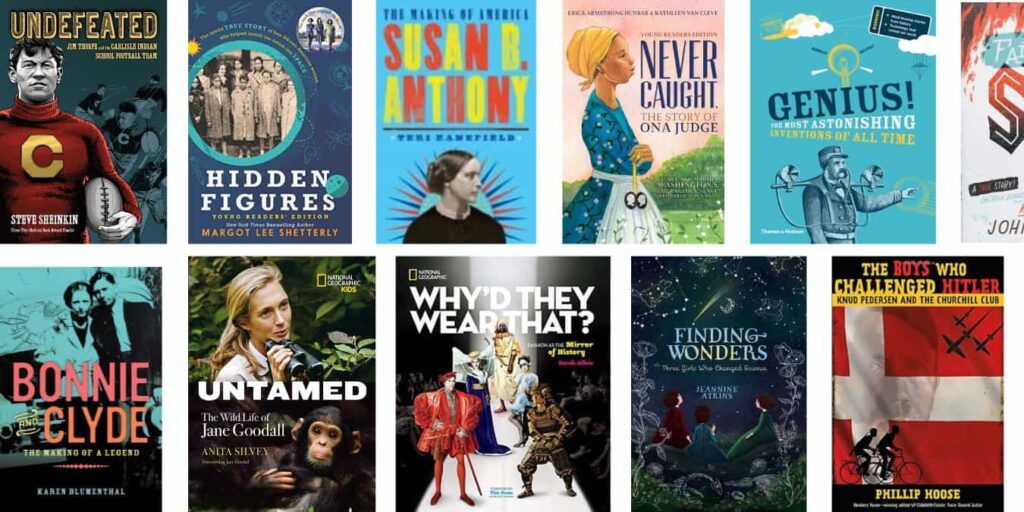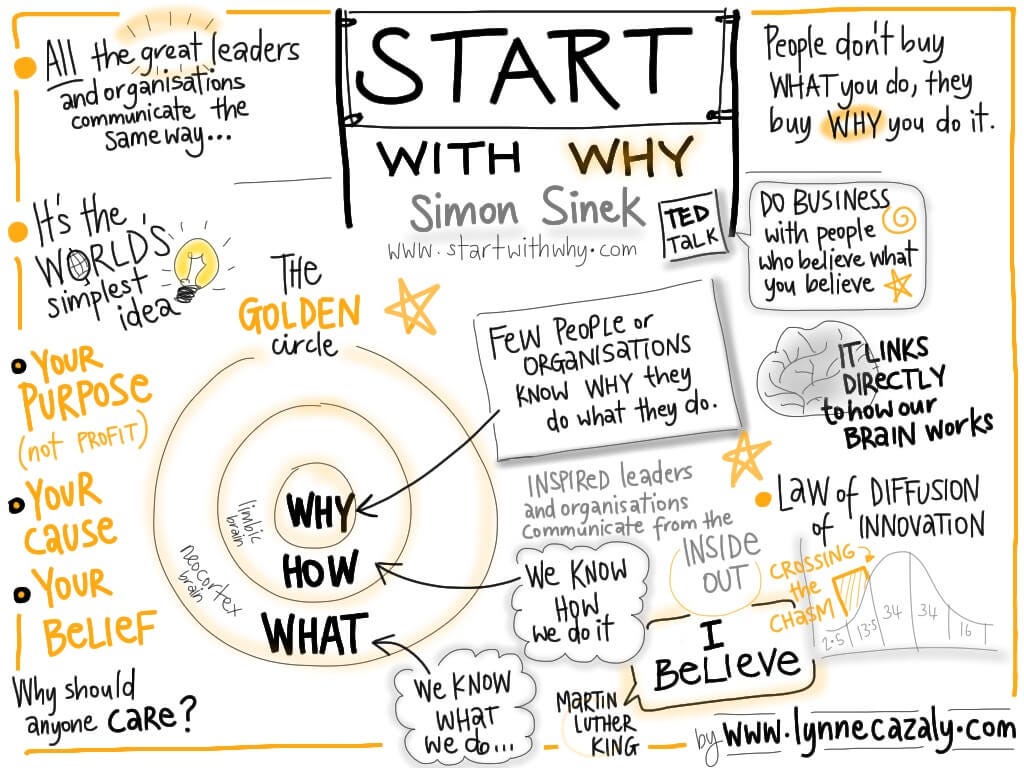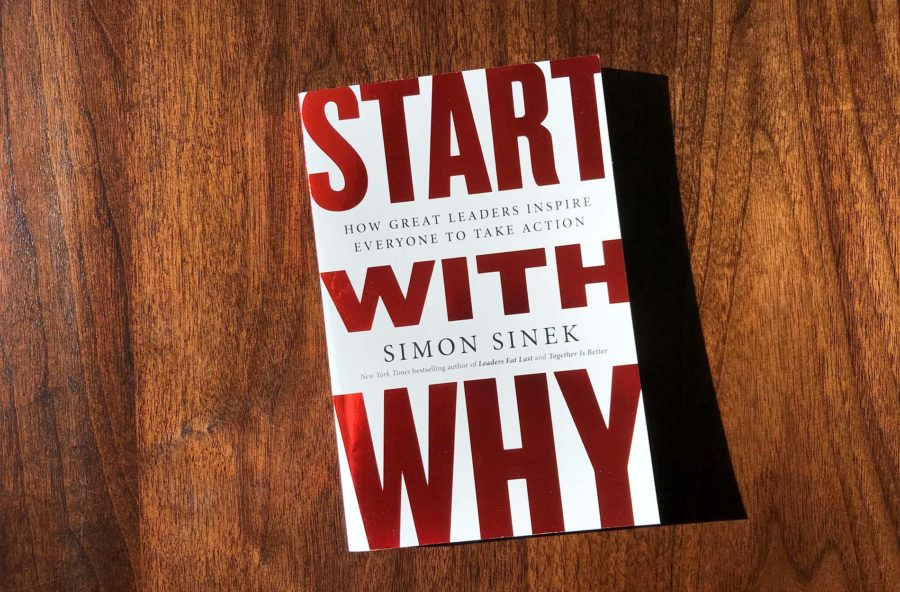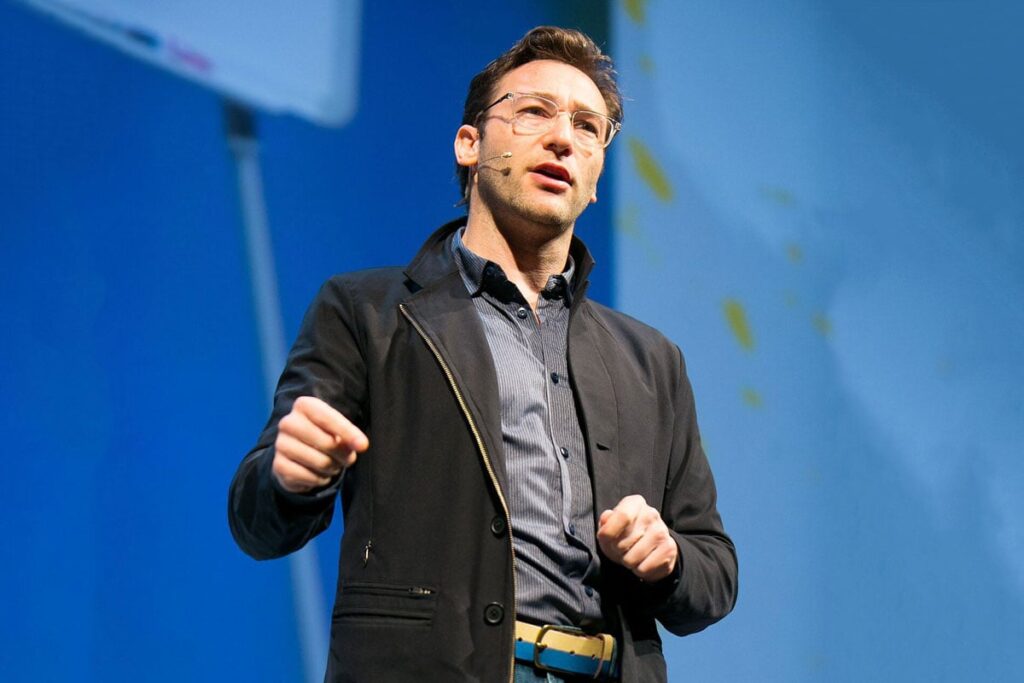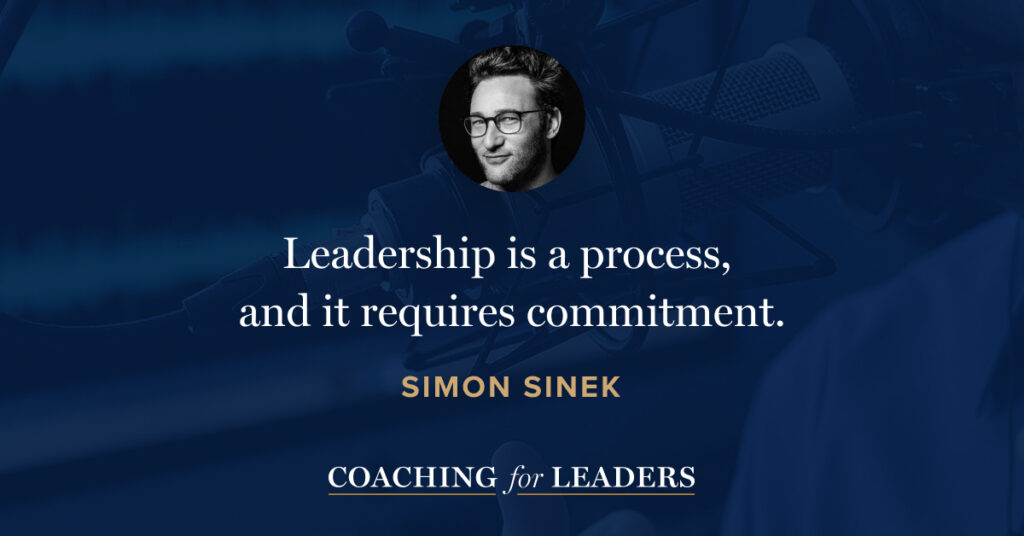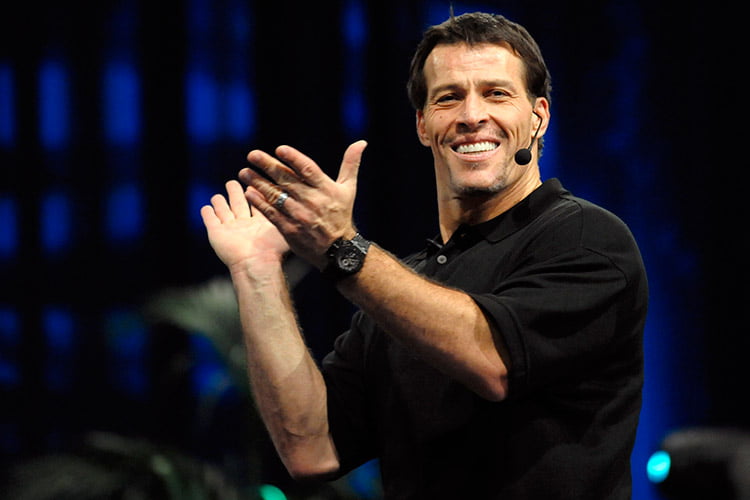Congratulations on landing your entry-level position! As you embark on this exciting journey, it’s essential to approach your new role with a proactive mindset and a vision for long-term success. With that, you can start your own business with the help of the best M&A business advisors. In this article, we’ll explore key strategies to not only excel in your current position but also lay the groundwork for continuous career growth.
Setting the Foundation: Mastering Your Role

In the initial phase of your entry-level position, focus on mastering your responsibilities. Actively engage with your tasks, seeking to understand the intricacies of your role. Ask questions, seek feedback, and identify areas where you can add value. By demonstrating a strong work ethic and a willingness to learn, you establish a solid foundation for future advancement.
Embrace challenges as opportunities for growth. As you encounter new tasks, approach them with enthusiasm. Tackling challenges head-on not only enhances your skill set but also showcases your resilience and adaptability. Remember, the learning curve is steepest at the beginning of any role, and each hurdle you overcome contributes to your professional development.
To truly master your role, consider the bigger picture. Understand how your responsibilities align with the broader goals of the organization. Recognize the impact of your contributions on team objectives and company success. This holistic understanding not only enhances your effectiveness but also positions you as a proactive team member who sees beyond individual tasks. However, in order to really do your best at work you need to solve your problems or prevent them, if the problem is with the car you can take it to a transmission service in WNY for a thorough inspection.
Efficiency is another key aspect of mastering your role. Identify opportunities to streamline processes and improve workflow. As you become more proficient in your responsibilities, find ways to optimize your time and resources. This proactive approach not only demonstrates your commitment to excellence but also frees up resources for additional projects or tasks. Google ads provide several ads on tips for better efficiency and it is worth paying attention to them, and if your Google ads are suspended, contact a professional to solve the problem.
Building Strong Professional Relationships: Networking Beyond the Water Cooler
In today’s interconnected professional landscape, building a robust network is indispensable. Look beyond the confines of your immediate team or department. Attend company-wide events, engage with colleagues from different departments, and seize opportunities to collaborate on cross-functional projects. Networking extends beyond casual conversations at the water cooler; it’s about fostering genuine connections that can propel your career forward. Find some common topics outside of work to bond over, if you own records it’s a good topic to talk about and you can also sell vinyl records for cash and extra income.
Actively seek mentors within your organization. A mentor can provide valuable insights, guidance, and a broader perspective on your career trajectory. Be open to learning from colleagues who have navigated similar paths and leverage their experiences to shape your own journey. Remember, effective networking is a two-way street – offer assistance when possible, and you’ll find your professional relationships flourishing.
Take your networking efforts a step further by participating in industry events and conferences. Attend seminars, workshops, and panel discussions relevant to your field. Engage with professionals outside your organization to gain diverse perspectives and insights. Building a network that extends beyond the boundaries of your workplace enhances your visibility and opens doors to potential opportunities outside your current role. The health clinic in Marietta GA says that our brain needs constant access to new information, or in other words, it is necessary for the brain to constantly learn something new to be more successful.
Consider joining professional associations or online forums related to your industry. Actively contribute to discussions and share your knowledge and experiences. This not only positions you as an industry thought leader but also expands your network beyond the confines of your immediate professional circle. Networking, when approached strategically and authentically, becomes a powerful tool for career growth.
Proactive Skill Development: Staying Ahead in a Dynamic Landscape
The professional landscape is constantly evolving, and individuals who remain stagnant risk falling behind. Take a proactive approach to skill development. Identify industry trends and seek out opportunities for additional training or certifications. Consider how emerging technologies may impact your field and position yourself as an early adopter.
Beyond technical skills, cultivate soft skills that are universally valued. Effective communication, adaptability, and leadership are qualities that transcend job titles and contribute to long-term success. Attend workshops, participate in online courses, and engage in continuous self-improvement to stay ahead in an ever-changing job market. A prerequisite for success is certainly a good education, and homeschooling tutors in Bettendorf provide excellent classes.
Consider creating a personalized learning plan that aligns with your career goals. Identify specific skills you want to acquire or enhance and outline a roadmap for achieving those objectives. Regularly assess your progress and adjust your plan as needed. This proactive approach to skill development not only benefits you personally but also demonstrates to employers your commitment to staying relevant and valuable. Visit a lecture of motivational speakers, you can rent a car Beograd and attend the speeches of some of the most successful business people in Europe.
Explore opportunities for mentorship and reverse mentorship within your organization. Collaborate with colleagues who possess skills or knowledge you aim to develop. This mutual exchange of expertise fosters a culture of continuous learning and creates a supportive environment for skill development. By actively engaging in these knowledge-sharing relationships, you contribute to a culture of growth within your workplace. You can go fishing with your colleagues and discuss the problems in the tranquility of nature while the fishing app ensures your catch.
Navigating Challenges: Turning Setbacks into Stepping Stones
No career is without its challenges, and navigating setbacks is a crucial aspect of professional growth. Rather than viewing challenges as roadblocks, consider them opportunities for resilience and innovation. When faced with adversity, approach it with a solutions-oriented mindset.
Seek feedback from supervisors and colleagues to gain insights into areas where improvement is needed. Constructive criticism is a powerful tool for personal and professional development. By addressing weaknesses head-on, you not only enhance your own skills but also demonstrate a commitment to continuous improvement – a quality highly valued by employers.
As you navigate challenges, develop a proactive approach to problem-solving. Anticipate potential obstacles and have contingency plans in place. This foresight not only positions you as a strategic thinker but also minimizes the impact of challenges on your projects and responsibilities. Embrace a mindset that sees challenges not as setbacks but as opportunities to refine your skills and approaches. This should be applied to your own life, it is quite useful to know about emergency restoration services in Charlotte in case of a burst pipe in the apartment, that way you can be prepared for such inconvenience.
Consider creating a support network within your workplace to help navigate challenges collaboratively. Establish relationships with colleagues who have complementary skills or experiences. This network can serve as a valuable resource for brainstorming solutions, sharing perspectives, and collectively overcoming obstacles. By fostering a culture of collaboration and support, you contribute to a positive work environment that encourages resilience and collective growth.

Strategic Visibility: Showcasing Your Value to Decision-Makers
In a competitive work environment, it’s not only about the work you do but also how you showcase your contributions. Actively communicate your achievements to decision-makers within the organization. Provide regular updates on projects, highlighting the impact of your efforts on the team or company’s goals.
Volunteer for high-impact initiatives that align with your skills and interests. Taking on additional responsibilities not only demonstrates your commitment to the organization but also positions you as a proactive and valuable team member. Strategic visibility goes hand in hand with career advancement – ensure decision-makers are aware of your capabilities and potential. You can take part in the Readathon school fundraiser where children get pocket money for reading, and thus influence young people to expand their knowledge.
Consider creating a personal brand that aligns with your professional goals. Develop a consistent and authentic narrative that highlights your strengths, achievements, and unique contributions. This brand can be communicated through various channels, such as professional networking profiles, project updates, and internal communications. By strategically shaping how you are perceived within the organization, you enhance your visibility and position yourself as a key contributor. It can also be a small business related to a hobby like creating saddle blankets, the only important thing is to show that you are an active member with a goal.
Establish yourself as a thought leader in your field by sharing your expertise through internal and external channels. Contribute articles or blog posts related to your industry, participate in panel discussions, and offer to mentor colleagues. This proactive approach not only showcases your knowledge and skills but also positions you as a go-to resource within your organization. Strategic visibility is not just about self-promotion; it’s about becoming a recognized and respected asset to your team and company.
Adapting to Change: Embracing a Dynamic Work Environment
In today’s fast-paced and ever-changing work landscape, adaptability is a key ingredient for sustained success. As you progress in your career, be prepared to adapt to new technologies, evolving industry trends, and shifting organizational structures. Embrace change as an opportunity to learn, grow, and position yourself as a valuable asset within your workplace. Express your attitudes and aspirations to be better through your everyday wear like unique smoking accessories.
Proactively seek out opportunities to stay informed about industry advancements. Subscribe to relevant publications, join online forums, and attend conferences to stay abreast of emerging trends. By demonstrating a keen awareness of the evolving professional landscape, you not only future-proof your career but also contribute to the innovative spirit of your organization.
In addition to adapting to external changes, cultivate an internal mindset of continuous improvement. Challenge yourself to regularly assess your skills and seek ways to enhance them. This commitment to ongoing self-assessment and development not only keeps you competitive but also fosters a culture of continuous learning within your team.
Striking a Work-Life Balance: Sustaining Long-Term Career Growth
As you navigate the demands of your career, it’s crucial to prioritize a healthy work-life balance. Sustained success requires not only professional excellence but also personal well-being. Recognize the importance of taking breaks, setting boundaries, and nurturing your mental and physical health. Rent a limo in Denver and drive to a spa giving yourself a touch of luxury and relaxation after a hard day’s work every now and then.
Explore strategies for effective time management to ensure that you can accomplish your tasks efficiently without sacrificing personal time. Set realistic goals, prioritize tasks based on their impact, and delegate responsibilities when necessary. Striking a balance between professional and personal commitments is not only essential for your well-being but also contributes to sustained, long-term career growth.
Consider integrating mindfulness practices into your routine to manage stress and enhance focus. Techniques such as meditation, deep breathing exercises, or short breaks for physical activity can have a profound impact on your overall well-being. By prioritizing self-care, you not only enhance your resilience in the face of challenges but also set the foundation for a sustainable and fulfilling career journey. When you have a little extra time, cooking is also a great option, especially since today there are several useful household appliances, and if they break down, you can repair them at an appliance repair service in Washington DC.
Fostering a Collaborative Culture: Building Success Through Teamwork
As you progress in your career, recognize the value of collaborative efforts in achieving organizational goals. Actively contribute to a culture of teamwork and collaboration within your workplace. Seek opportunities to collaborate on projects, share insights with colleagues, and celebrate collective achievements.
Consider championing initiatives that promote cross-functional collaboration. Create opportunities for teams from different departments to collaborate on projects, fostering a sense of unity and shared purpose. By actively participating in collaborative endeavors, you not only contribute to the success of the organization but also position yourself as a team player and a catalyst for positive change.
In addition to formal collaborations, cultivate a spirit of camaraderie within your team. Recognize and appreciate the contributions of your colleagues, and be open to constructive feedback. This collaborative mindset not only enhances the overall work environment but also creates a supportive network that can play a pivotal role in your long-term career growth.

Conclusion: Navigating the Ever-Expanding Horizon of Your Career
As you embark on your professional journey, remember that success is not a destination but a dynamic and ever-expanding horizon. Thriving in entry-level positions is just the beginning of a multifaceted adventure that requires adaptability, work-life balance, and a commitment to collaboration. By continuously developing your skills, embracing change, and prioritizing your well-being, you position yourself for sustained success and growth.
Your career path will undoubtedly present new challenges and opportunities, each contributing to your evolving narrative of professional excellence. Approach each twist and turn with enthusiasm and a willingness to learn. Cultivate a mindset that views challenges not as roadblocks but as stepping stones toward your goals.
In the grand tapestry of your career, each strategy discussed – from mastering your role to fostering a collaborative culture – weaves together to create a narrative of enduring success. As you navigate this ever-expanding horizon, remember that the journey is as important as the destination. Thrive in each moment, learn from every experience, and relish the satisfaction of knowing that you are sculpting a career of lasting significance. May your path be marked by continued growth, fulfillment, and the unwavering pursuit of professional excellence.







